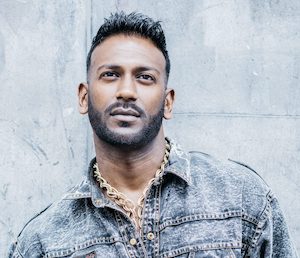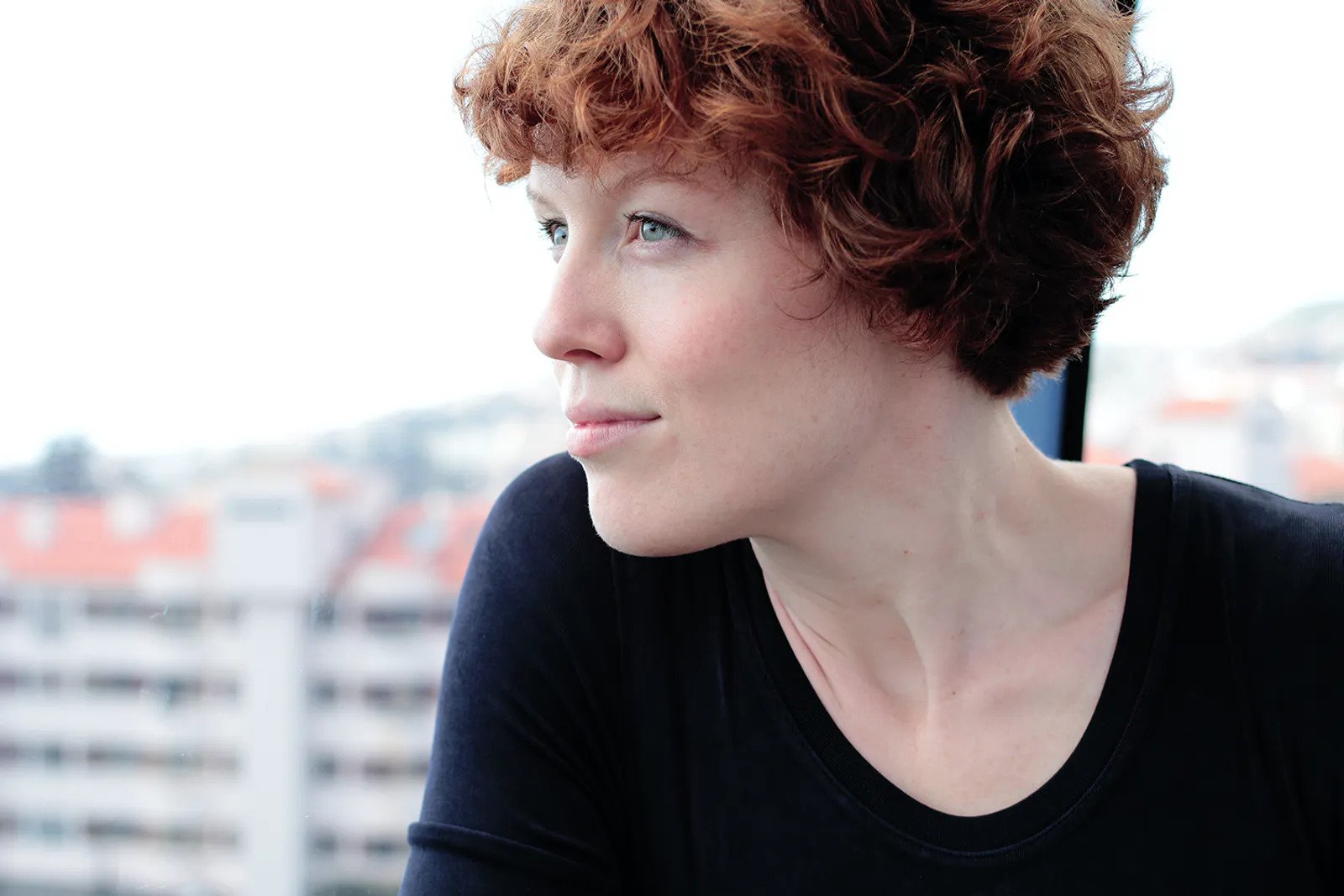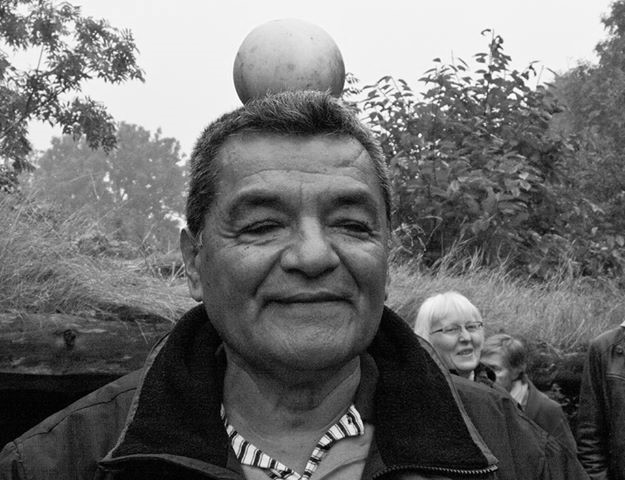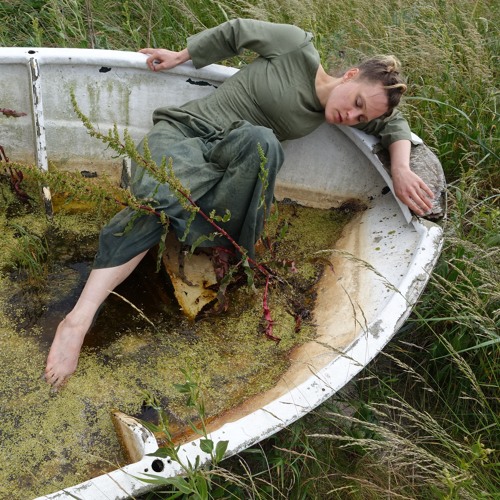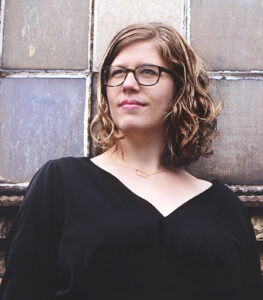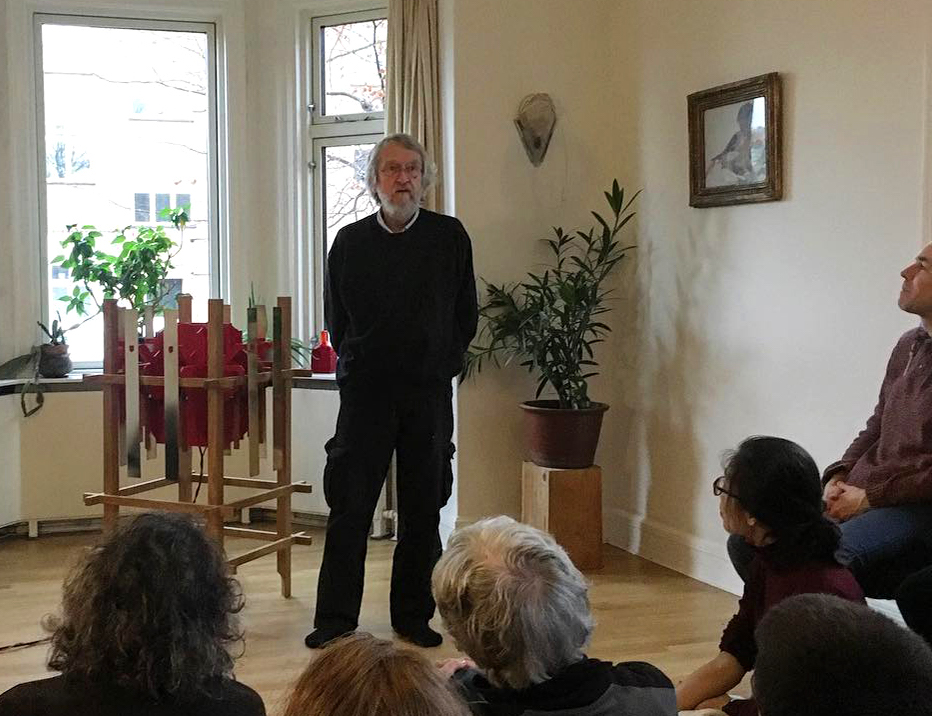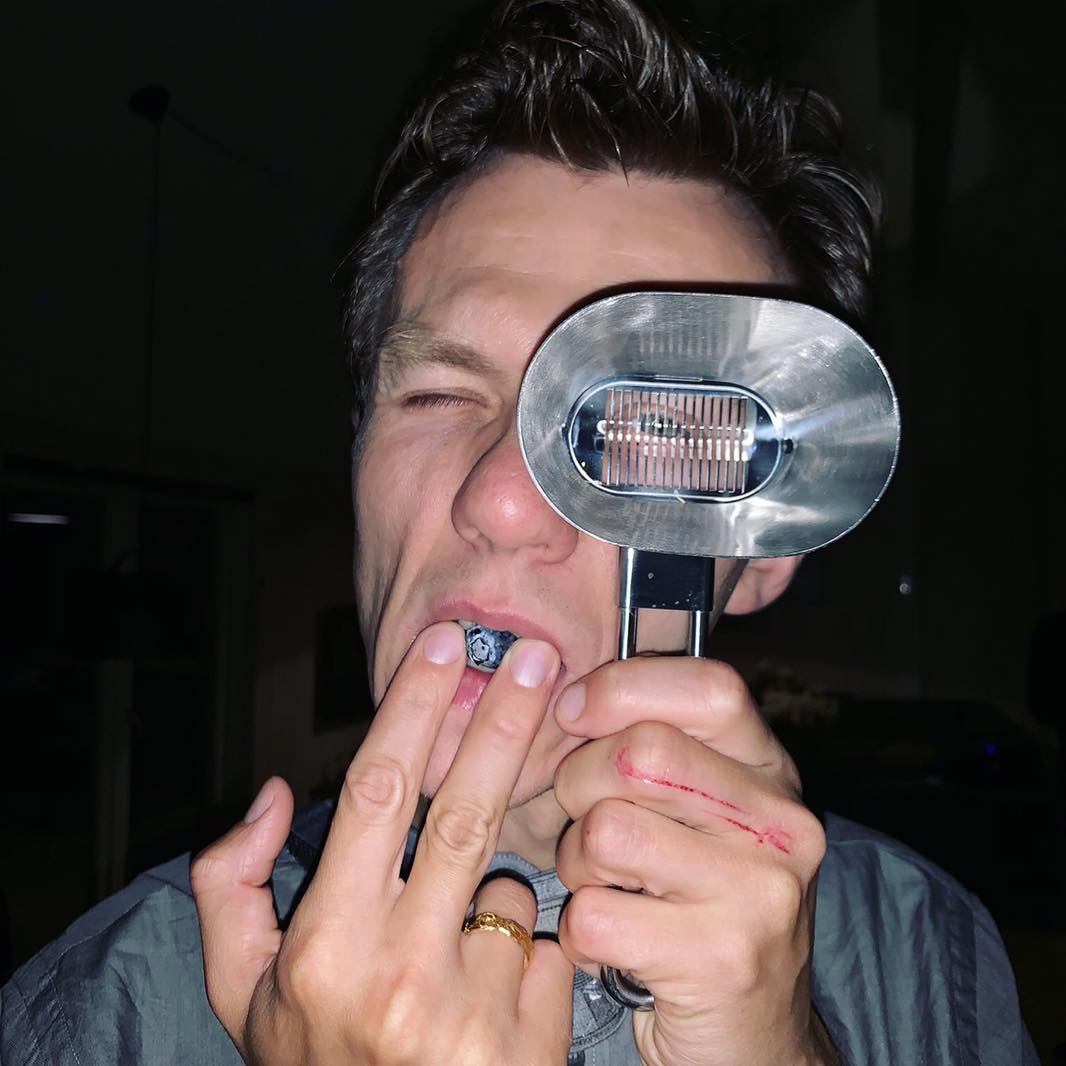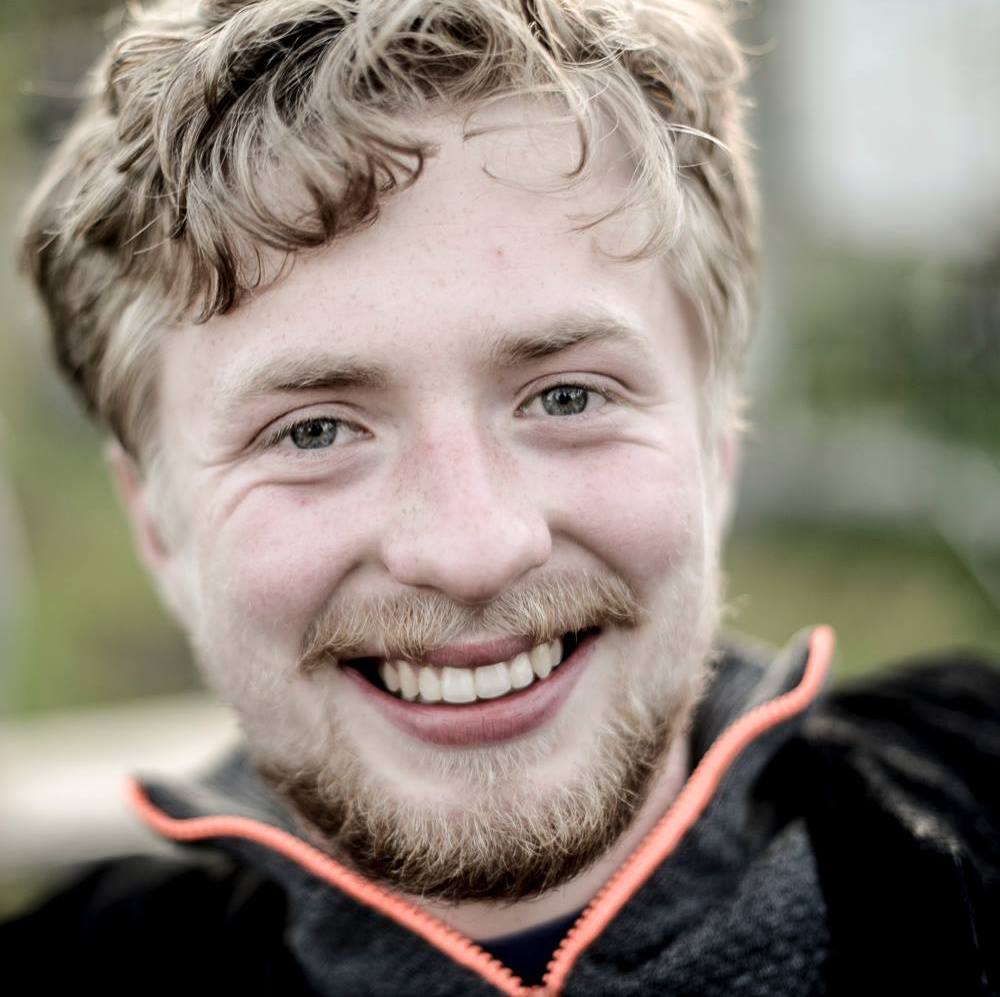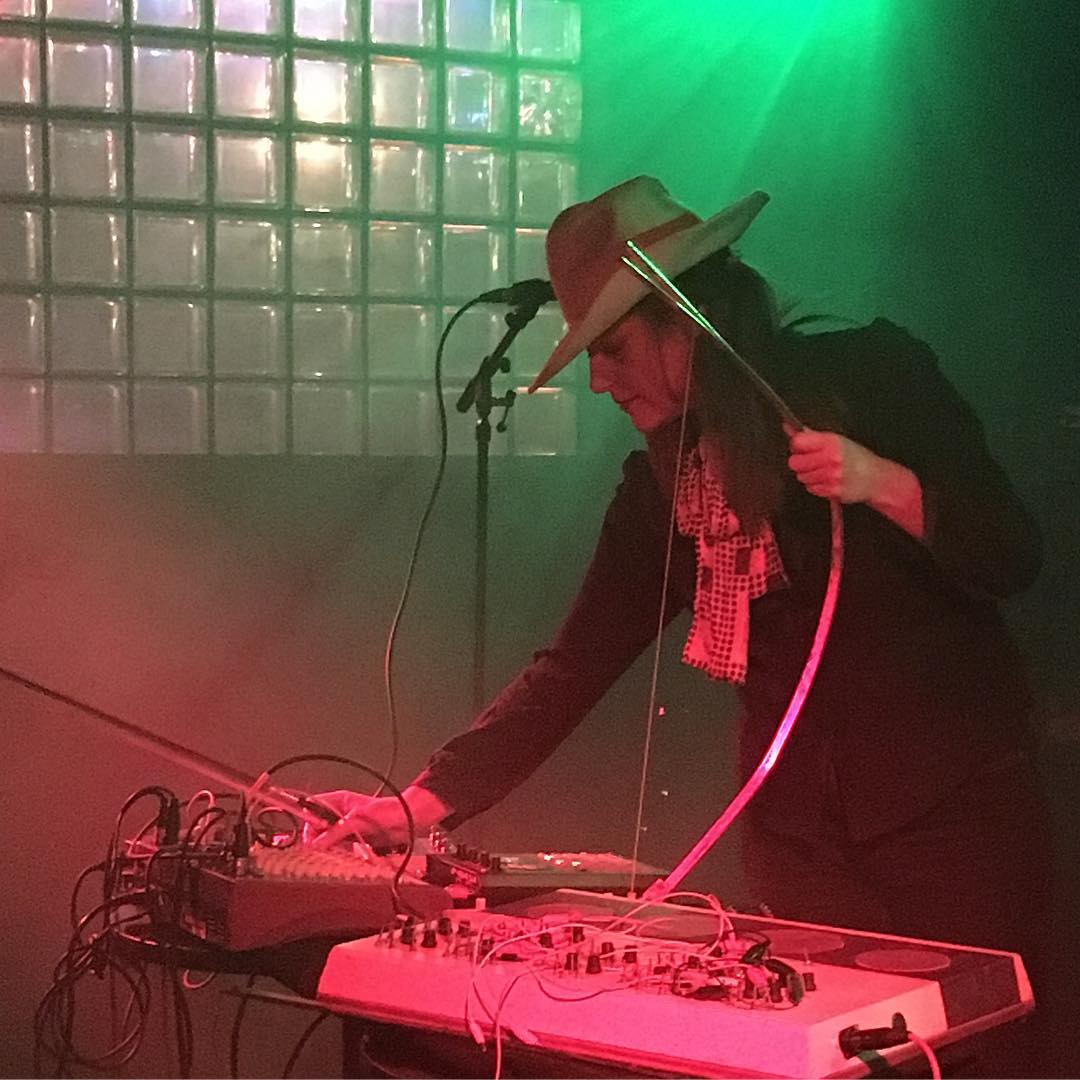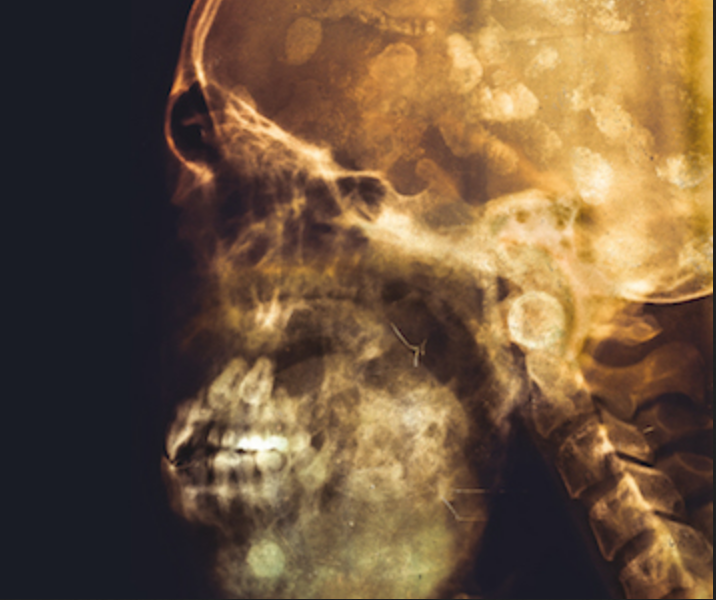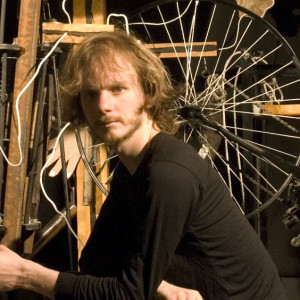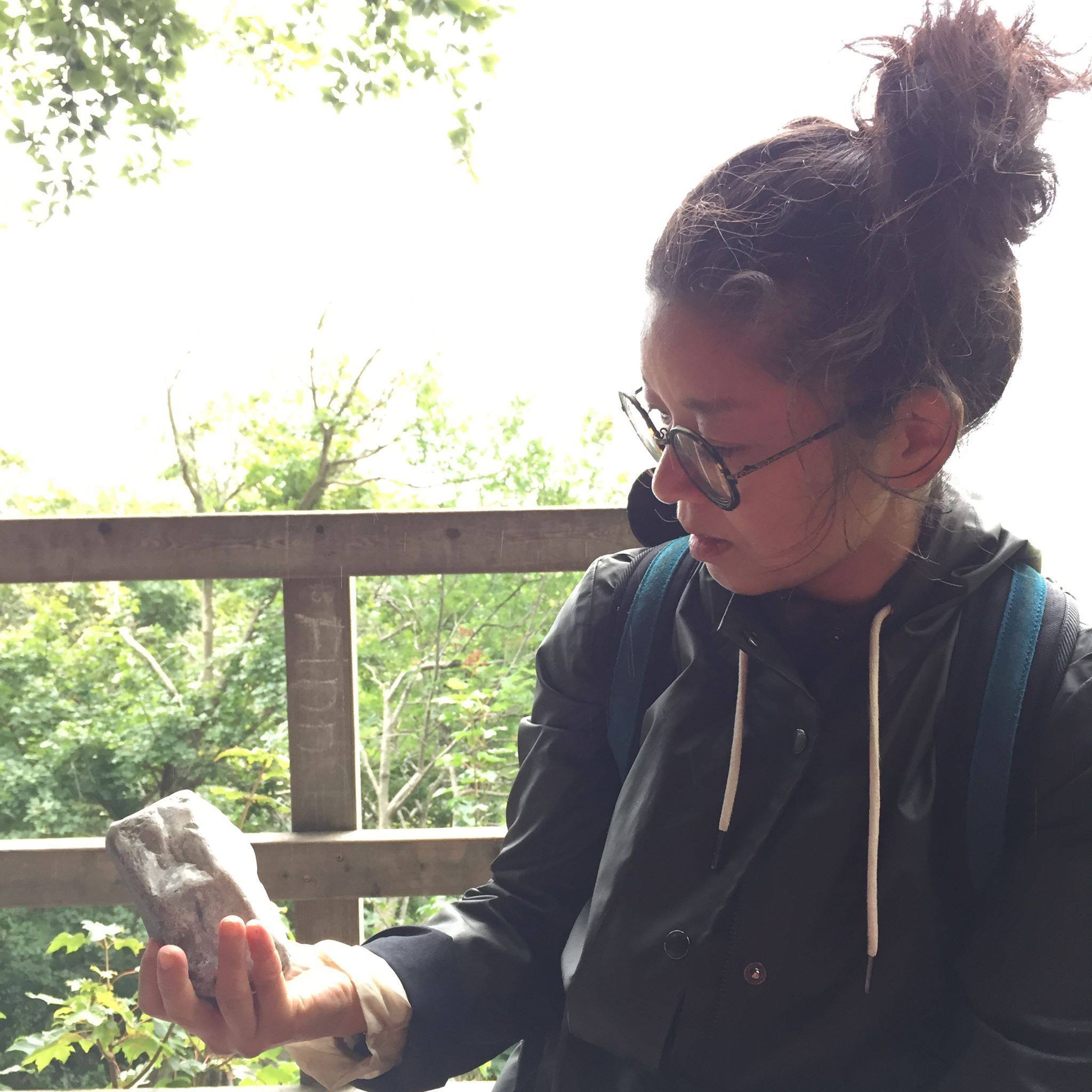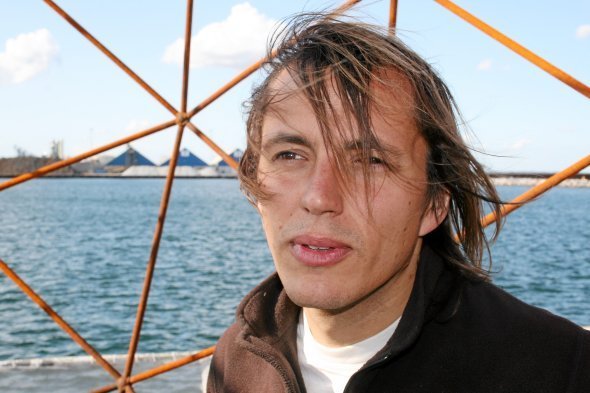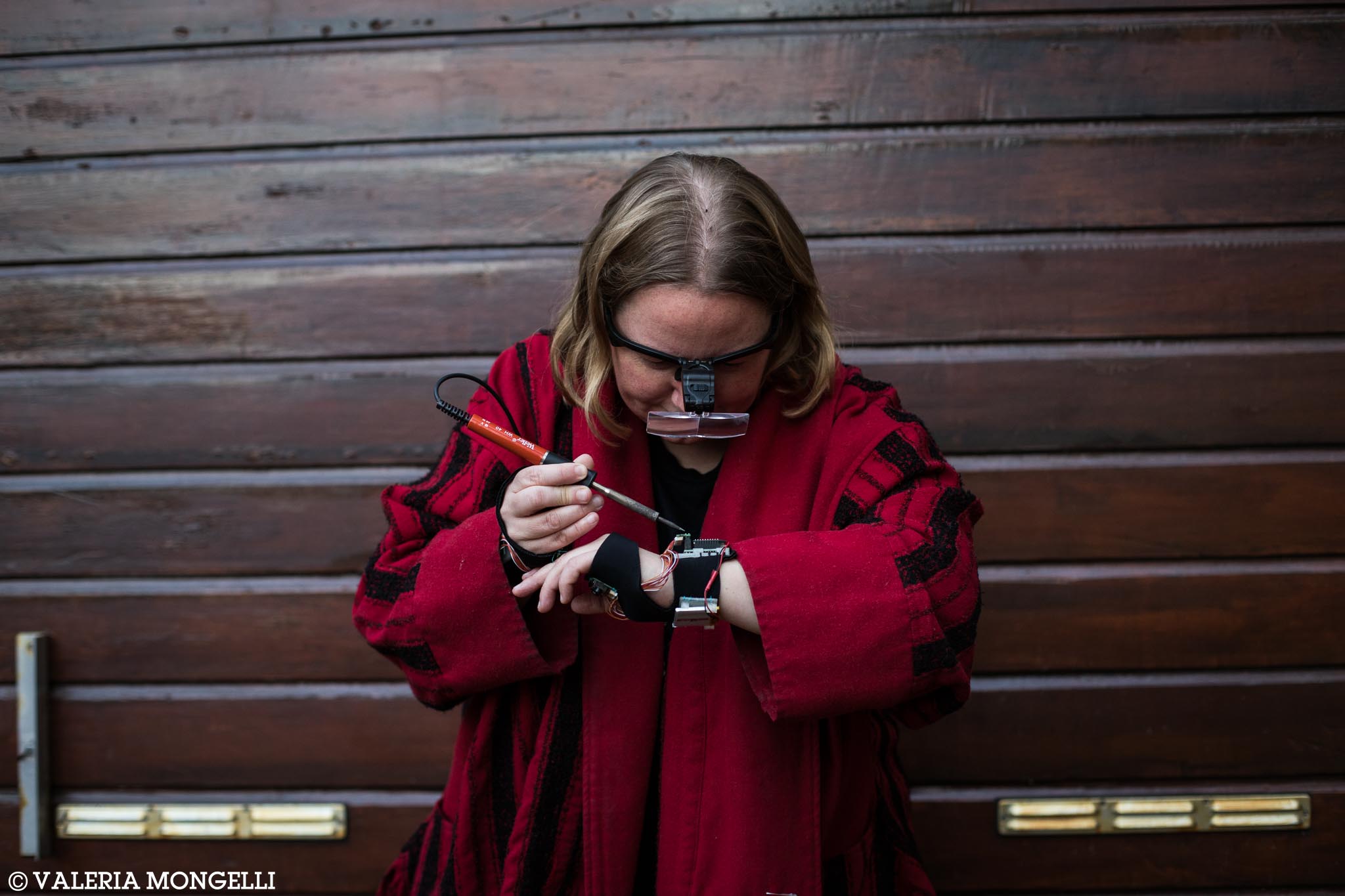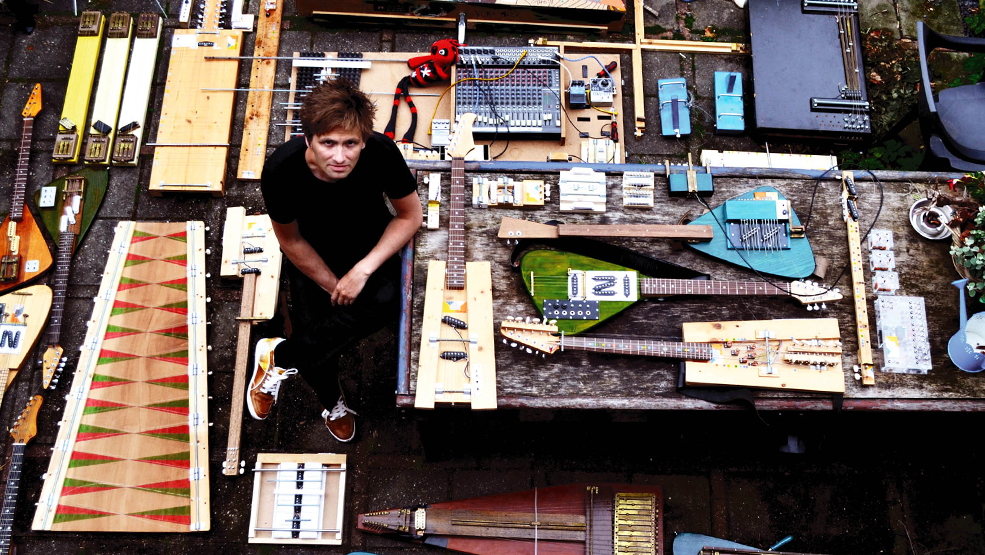Contributors
We wish to thank everybody who has contributed to our program. We are a yung organisation (founded january 2020) and the pandemic has raged for most of the time of our existance. It would have been impossible to acheve as much as we have would it not have been for the enormous good-will and hard work from all the contributors!
Fazle creates decolonizing rituals, performance art, and dance. Their work is rooted in ancestral work and intersectional activism.
Fazle took part in our program during our FoS Meeting #8 by facilitating the workshop Rituals for Decolonization, together with Toshie Takeuchi.
Danish artist based in The Hague. In her practice she explores the complex ways humans perceive, act upon and are entangled with their environments.
Sissel took part in our program when she facilitated the workshop Contamination as Collaboration and the prepatory collective reading of Anna Tsing.
Artist, Poet and Engineer.
Professor of Operational Research and Creativity at the Department of Informatics and Mathematical Modelling, The Technical University of Denmark
Víctor took part in our program when he together with Toshie Takeuchi facilitated the workshop Play it on the Sky — Borderless praxis with kites.
Freelance singer, dancer and performer.
Anne is specialized in folksinging, especially from North India, Bulgaria, Turkey and Scandinavia. The last seven years she’s been working on transforming her rich musical knowledge into solo-songs in her own invented language – Sjaruna.
We got a view into Anne's practice when she took us on a concert-walk and gave a workshop in Gribskov forest during our Faculty of Senses Meeting #4
Kirsten is a recorder player active within both early music and the experimental contemporary scene.
Kirsten took part in our very first FoS meeting. Where she performed Lars Kynde's Vindens Korridorer on extended recorders.
Danish Architect
Already during his studies, Svend became interested in Japanese architecture, and in particular, the sanctuary of the Sun Goddess in Ise has preoccupied him. Ise is rebuilt every 20 years and in 1973, 1993 and 2013 Svend attended the central ceremonies associated with it. In 1999 his book was published: “Ise – Japan's Ise Shrines – Ancient yet new”.
Svend held a presentation about this interest during our second event in the series of Faculty of Senses meetings
Eva Fock is ethnomusicologist and music entrepreneur using global outlook and diversity as a constant inspiration for educational projects.
Eva gave a lecture around the fireplace during our FoS Meeting #4: Nature as sound Architecture.
She was also so hospitable to open her home and host one of our first events: The Fos Meeting #2.
The wanderer: As a child I played a game I called “Indians” or “Scouts”. I would slowly move through the forest. Alone, alert and silent. Searching for traces. Traces of the unknown and of the unseen. In a way much of my art now is the same game, taken to a different level.
Lydkunstner Laurits Jongejan er uddannet ved Diem i Århus og medstifter af Det Digitale Atelier. Det præsenterede værk er hans kandidat projekt, som er blevet til efter studier i Japan, hvor han bl.a. oplevede hvordan mennesker knytter følelsesmæssige forhold til teknologi og hvordan kraft eller ånd kan tage bolig i fysiske genstande.
Jenny Gräf works with performance, sensorial composition, and collaborative techniques, heavily influenced by heard and unheard sounds. When boundaries vibrate, they take on a kind of architecture that reveals relationships and dynamics of the environment. In fact, environments fade into the foreground when we attend to the sonic. Jenny Gräf has worked on projects around sound and agency with people with Alzheimer’s, is a part of the På Den Anden Side collective working on a biennial about Metabolism, and performs using tactile electronic instruments. She is interested in collaboration with people from different fields. Gräf is currently a PhD Fellow at the University of Copenhagen/Kunstakademiet and she runs the Sound Laboratory at Kunstakademiet.
With his radically reduced works, Jeppe Ernst fundamentally questions our traditional ways of thinking about music, both in terms of the musical expression itself and the way it is presented to us. By removing all unnecessary layers of a work Jeppe Ernst seeks to illuminate its most essential idea, often eliminating one or more of the most basic musical parameters in the process – such as, for example, the audible sound.
Demonstrating a both open-minded and historically aware approach to composing, Jeppe Ernst is already considered one of the most original voices of his generation. At the same time, his music displays compelling social and intimate aspects as it often breaks with traditional performance practices and is performed for a single person or without the intervention of any musicians at all.
Jeppe Ernst studied composition at the Royal Danish Academy of Music. In 2017 he was named the first recipient of the Pelle Prize, awarded to ‘a young artist who dares to challenge the standards of his time.
Lars Kynde is a composer that delights in creating the instruments on which the compositions are played - in fact these two aspects of music making are not so easily separated in Kynde's case and the invention of new instruments and the music created for them melt into surprising new forms. Kynde’s works focus on the mutual influence of the music, the instrument and the notation system.
With inspiration from historical performance practices in combination with modern technologies and free imagination Kynde’s works suggest an alternative basis for future music.
Toshie Takeuchi is a visual artist, living and working in Copenhagen.
She likes to work with peoples' personal memories and narratives in and around specific sites/places, particularly focuses on unregarded non-famous stories, as a starting point for local reflection on larger territorial/spatial narratives. This is because she wants to participate in expanding potential of these specific sites/places.
By “site/places”, Takeuchi is also interested in psychological inner space as an intangible territory within the boundary of the physical body. The body is considered as a powerful medium for perception and archiving memories. Because of invisible and immaterial quality, the inner territory has a greater potential for expansion than physical object, like a piece of a land. It also knows better method for smoothing hierarchical levels between different categories, different events or different relationships, when the perceptions open wider. Thus, Takeuchi likes seeing the territorial potential of the bodies in the specific sites, where she investigates. The place, the boundary and the body work together and are, in her opinion, inextricably linked to creating change in common understanding.
Her researches and field-works often resulted in a form of film, photography and performance.
... creating interactive installations and performances
... inviting the spectator to participate in various ways
... doing a wide selection of workshops for kids and adults
Christian use any media possible to bring "the idea" to life.
Electronics, computers, wood, rope, water, humans - Whatever suits the purpose.
Marije Baalman is an artist and researcher/developer working in the field of interactive sound art.
In her artistic work she is interested in the realtime components of the work, in that nothing is precomposed as such, but rather the (mostly, but not exclusively) sonic output depends on realtime interactions, be it of the performer, or of the audience. Thus composition becomes more the composing of behaviours and interaction modalities, creating processes, rather than fixed sound tracks. This is expressed with tools such as physical computing (performance interfaces and/or installations), livecoding (both as a skill, as well as a performance interface), digital and analog sound processing, and improvisation.
Her current research goes into the use of wireless networks for live performance (such as dance and music), installations and interactive environments. In particular she is interested in creating participative events and currently researching different methods for doing so.
To realise her works she mostly uses open source technology (software and hardware) and she is an active contributor to the open source community.
Yuri Landman (1973) is a musician and an inventor of musical instruments. Based on prepared guitar techniques, he built his first instrument in 2001 to solve the inaccuracy of instant preparations. He has built experiments for acts such as Sonic Youth, dEUS, Melt-Banana, Rhys Chatham, Ex-Easter Island Head, Half Japanese, Kaki King.
In the past seven years he has given over 100 DIY-instrument building workshops in Europe and the US at music festivals, music academies, art academies, concert venues and art spaces. In 2012 Yuri Landman and Bart Hopkin published Nice Noise, a book about string preparations and extended techniques for guitar. In the same year he started his band Bismuth with Arnold van de Velde followed by an album in 2014 Bismuth.
Institutes such as MIM (Phoenix), Muziekgebouw aan ’t IJ, WORM, Extrapool, Sonoscopia own collections of his instruments. Articles about his work have appeared in Pitchfork, The Guardian, CNN, Libération, El País, Frankfurter Algemeine, and many others
